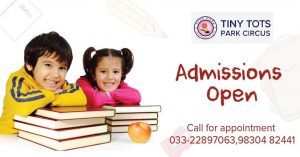
In the Montessori classroom, the space is divided into several logical areas by low open shelves: one for practical Life exercises, one for Sensorial, one for Language, another for Math and other areas for art, music, geography and science.
The Montessori Curriculum is an integrated thematic approach that ties the separate disciplines together into studies of the physical universe, the world of nature, and the human experience. In this way, one lesson leads to many others.
Each material isolates one concept or skill that has been specially designed in a way that children are naturally drawn to want to work with it with little or no nudging from adults. Each material has also been designed so that a child can normally check his own work; we call this a built-in “control of error.” The intention of the materials is not to keep the children dependent on these artificial learning aids forever; they are used as tools to help children work and learn at their own pace, to see abstract ideas presented in a very concrete, three-dimensional way, and to help them grasp and understand what they are working on.
Montessori students learn not to be afraid of making mistakes. They quickly find that few things in life come easily, and they can try again without fear of embarrassment.
